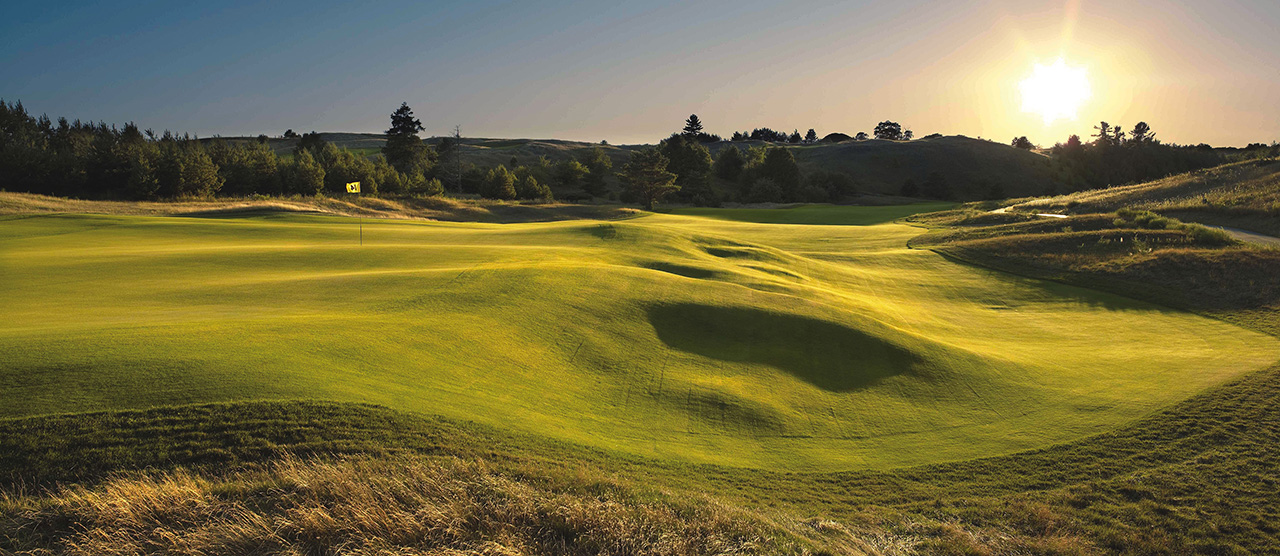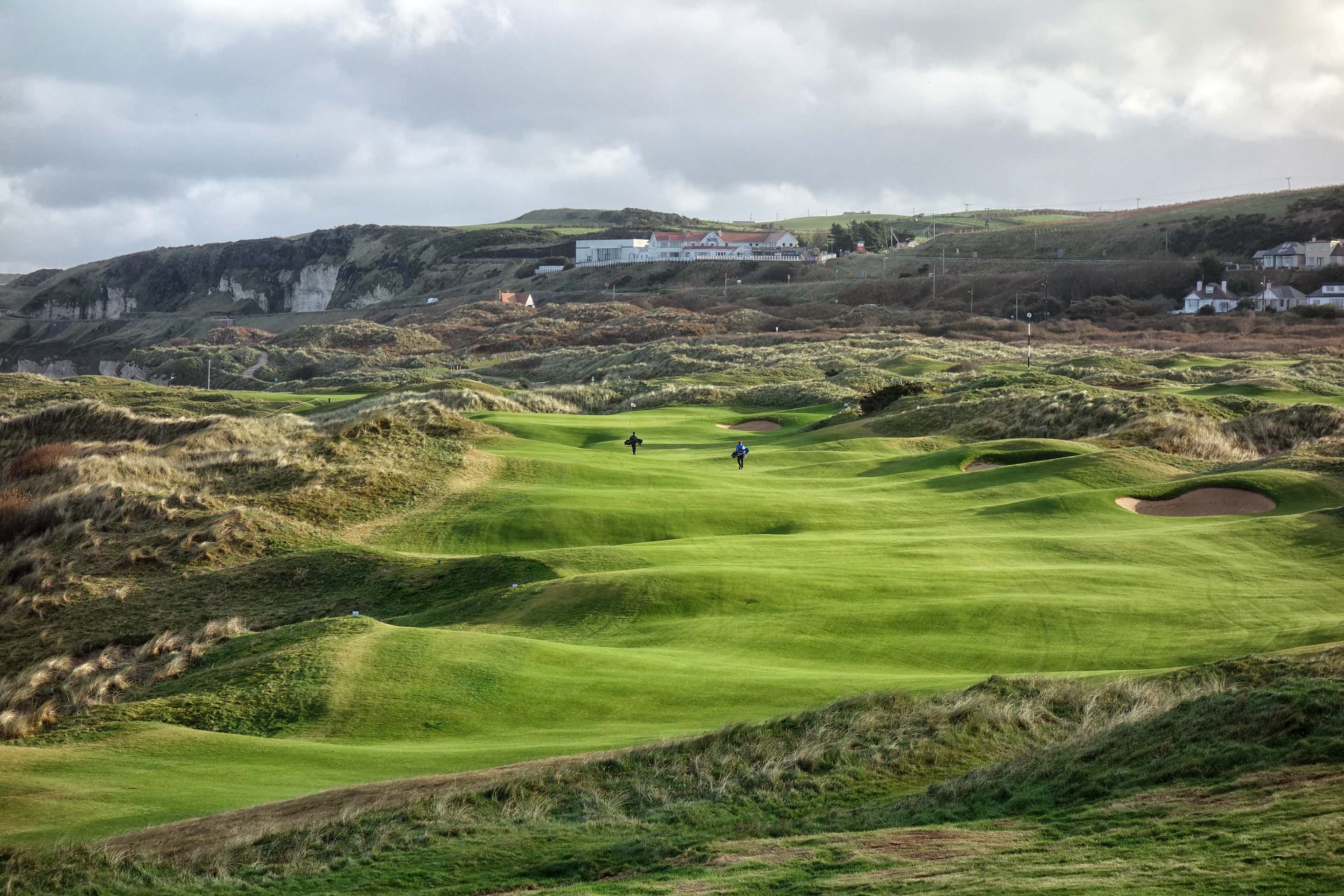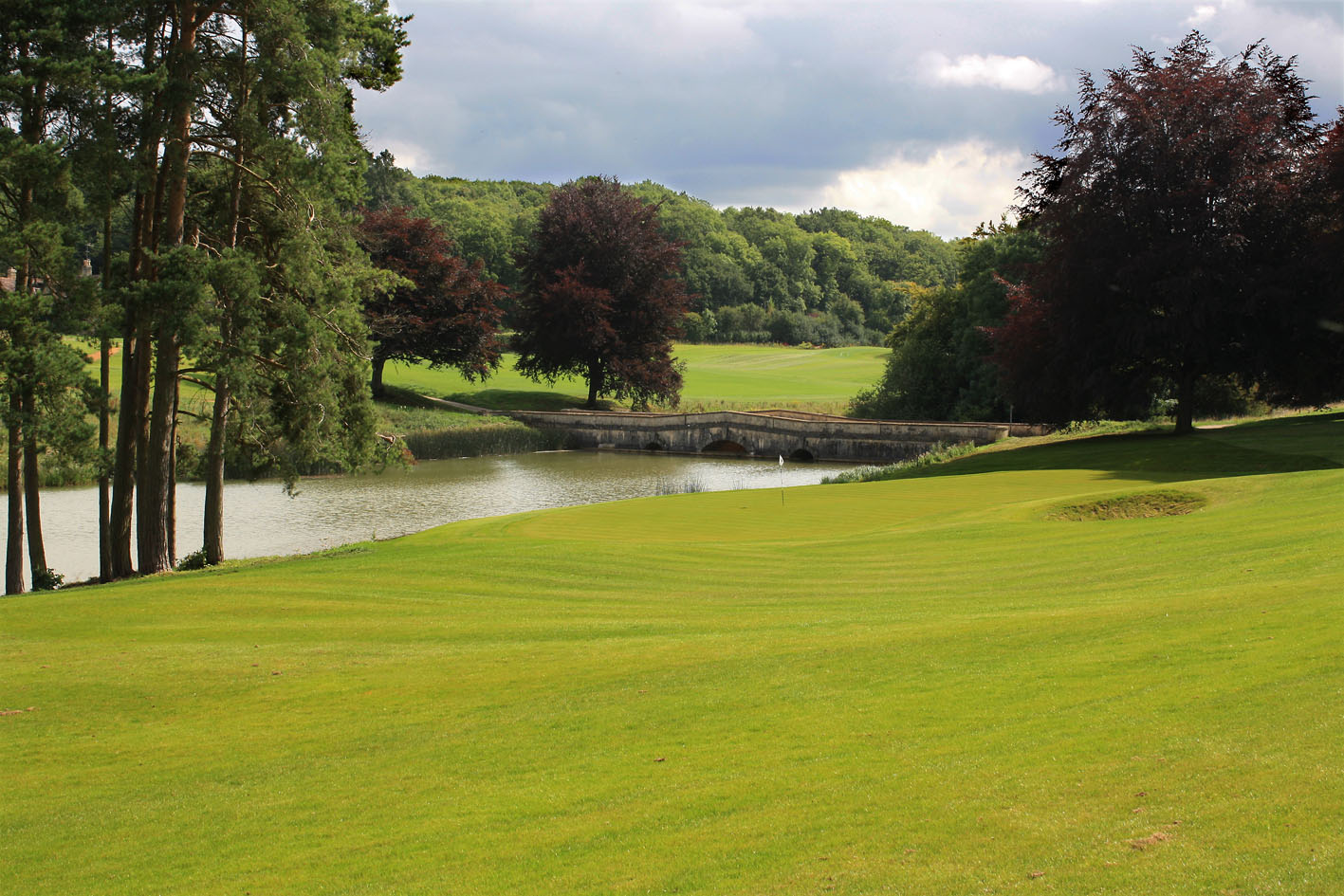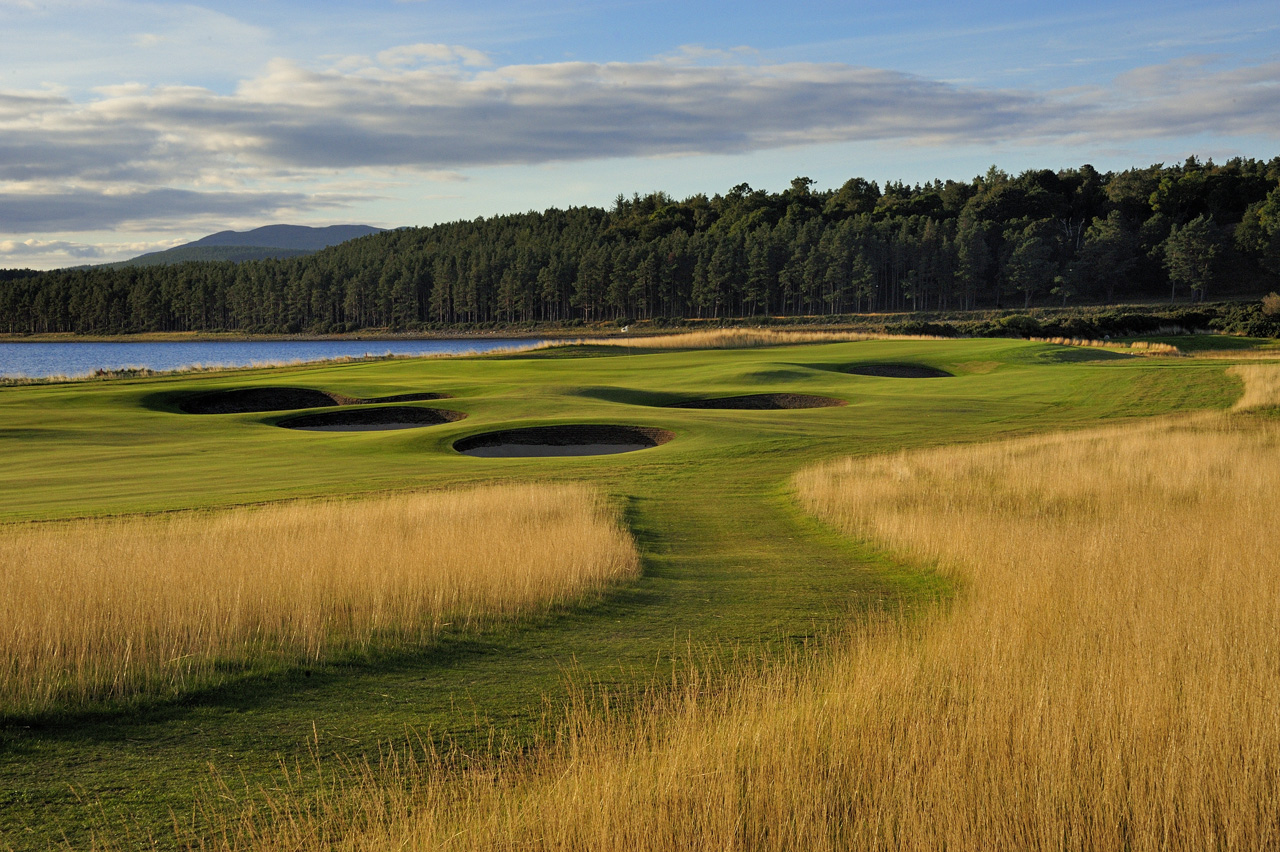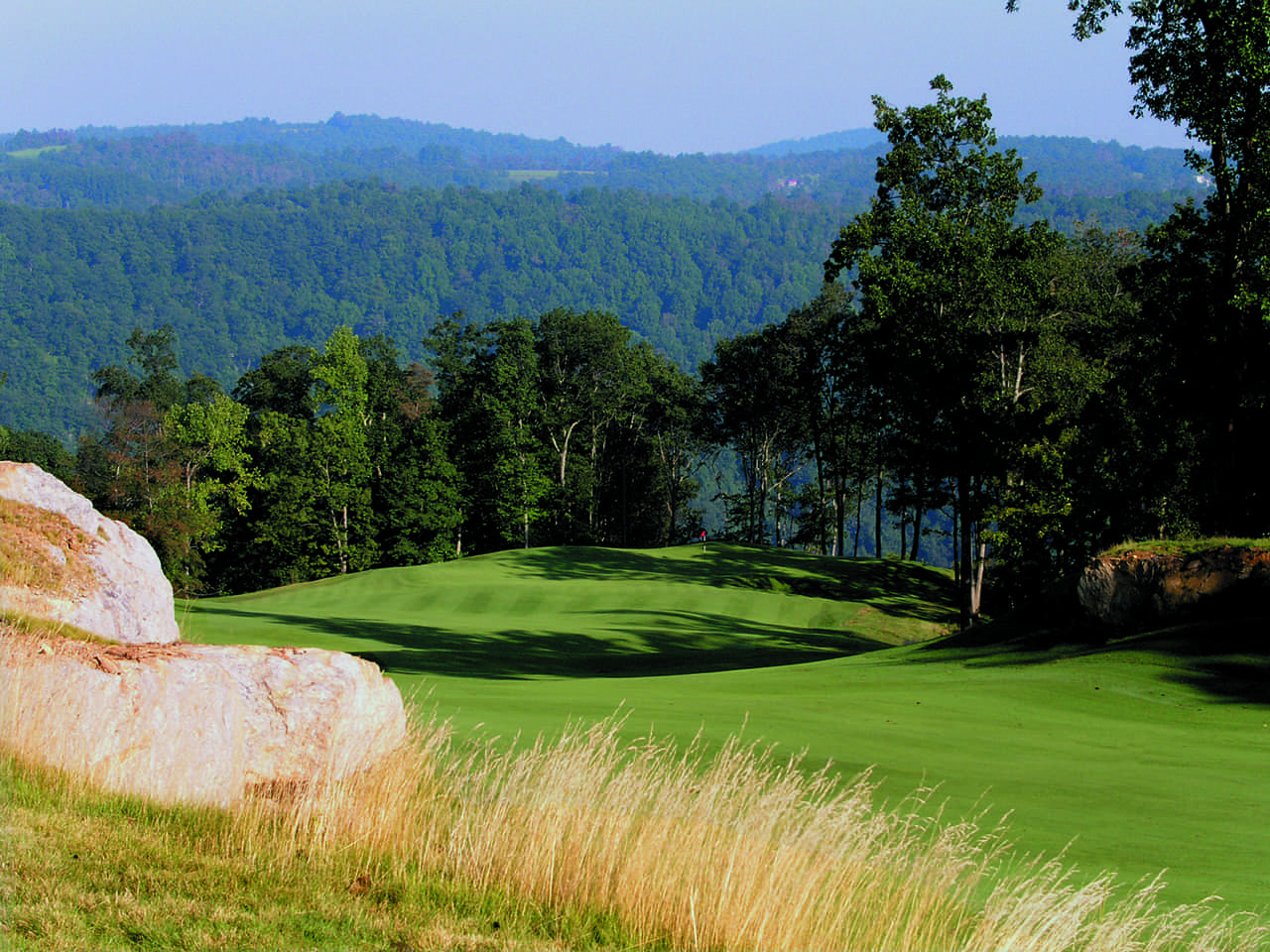Philosophy
The Seaside Links - The Inspiration for the Best Designs
The influence of seaside links is reflected clearly in all of our work, with a strong emphasis on the design of greens and their surrounds that thoroughly test all aspects of the short game. In the era of the lob wedge, our courses allow a far wider range of shots to be played around the greens than is the norm in modern golf. It is an approach that can work equally well in all climates and locations.
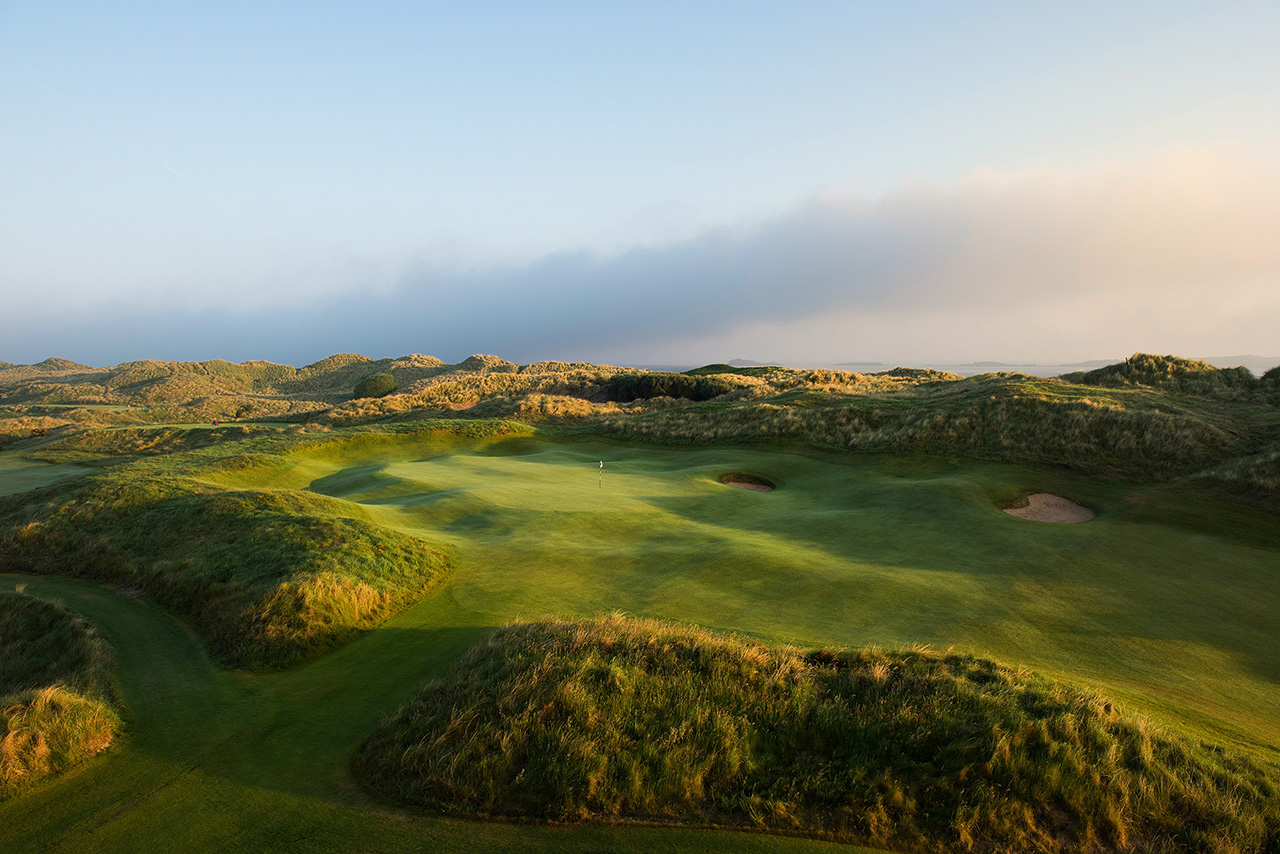
Royal Portrush, Northern Ireland
-min.jpg)
Victoria, Sri Lanka
Golf Courses in the Landscape
We are fervent believers that golf courses should fit into the landscape and be in keeping with their setting. People who travel to Scotland, Sri Lanka or The Bahamas should be able to enjoy something that is true to their location. The most common criticism of golf courses is that they appear alien in the landscape. Our common sense approach leaves as much of the site unaltered as possible, retaining existing vegetation and limiting the use of bunkers and water. Ecological and environmental issues are taking ever increasing importance during the planning process and our success in even the most sensitive environments shows what can be achieved with care.
Fine Detail - Not Huge Earth Movement
Too often these days, golf course architects concentrate on bulk earth movement with huge machines, rather than the fine detail around greens and bunkers. Look at the great old courses. It is not their longevity alone that makes them great, they remain amongst the best courses because the gifted architects of old, with their lack of modern tools, had to concentrate on the fine detail. These courses serve as our model for design. Our overriding philosophy is to keep earth movement to the absolute minimum required to produce a high-quality golf course. This limits costs and makes it easier to gain permission for projects in even the most sensitive locations. Another advantage lies in keeping the construction process simpler, an important consideration in new markets. However, where site characteristics dictate moving large quantities, we will always attempt to do so in a way that leaves either a natural appearance or a traditional, man-made feel.
